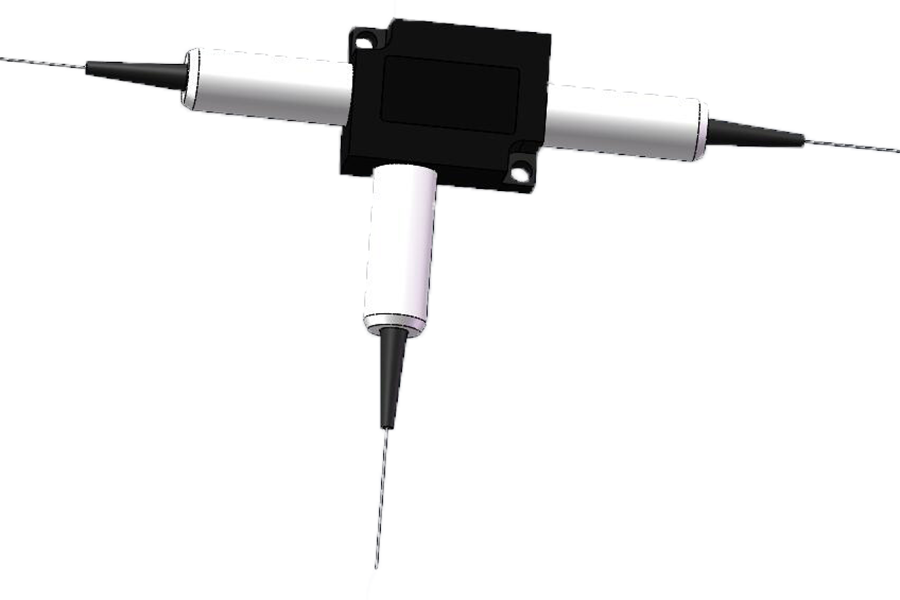A 2000nm 3-port high-power PM optical circulator is a non-reciprocal, passive, and high-performance optical circulator with three ports, operating on a 2000nm wavelength and handling high power wattages while maintaining the state of polarization as well.
While it functions like a microwave circulator, i.e. transmitting a light wave from one port to the next sequential port with a maximum intensity; however, at the same time, it blocks any light transmission from one port to the previous port. The working of these circulators is based on the non-reciprocal polarization rotation of the Faraday Effect.
These days, high-power PM optical circulators have become indispensable elements of fiber optic amplifiers, pump laser sources, fiber optic sensors, and instrumentation applications.
In this blog, we will explore more applications and uses of high-power PM optical circulators in brief.
- Telecommunication Systems: Optical circulators have long been in use in telecommunication systems. Their main function is to help increase the transmission capacity of existing communication networks. When these circulators are used in a bi-directional system, the transmission capacity of the network can be easily increased two times without investing in additional optical fibers, hence, reducing the overall cost of the upgrade significantly down.
- Imaging and Sensing: With the rapid advancement in optical communication technology and the ease of availability of affordable and high-performance high-power optical circulators, the demand for these components has also expanded in the imaging and sensing fields.
- DWDM Networks: As the demand for FTTX architectures and solutions is increasing, high-power optical circulators are getting higher in demand as they play an important role in advanced optical networks such as DWDM networks.
- Bidirectional Transmission: High-power optical circulators are also becoming a more prominent replacement for high-power optical isolators and couplers in bi-directional optical communication systems. In traditional bidirectional transmission communication systems, optical couplers were used to split the light beam into two beams with equal intensity and to couple the transmitters and receivers.
But this structure has two main problems. First, it required optical isolators in transmitters to prevent crosstalk issues. Second, the system experienced high insertion loss due to the use of a 50/50 coupler. Fortunately, the use of optical circulators can solve both of these problems.
- Fiber Bragg Gratings: Another great application of optical circulators is that they are used for extracting optical signals from reflective devices. They are typically used in combination with Fiber Bragg gratings that are reflective devices. In conjunction with Fiber Bragg Gratings, optical circulators become crucial in advanced DWDM optical networks. These circulators are used there as MUX/DEMUX devices and are also used with Fiber Bragg gratings in dispersion compensation, tunable optical Add/Drop, and other applications.
- Fiber Amplifiers: The most common use of high-power optical circulators is in reflective erbium-doped fiber amplifiers to increase their efficiency by at least two times. As a result, it also helps in reducing the length of the fiber as the residual pump power can be reused.
With the ongoing development in advanced optical networks, high-power fiber amplifiers, and high-power fiber lasers, applications of 2000nm 3-port high-power PM optical circulators are also expanding quickly.


Leave A Comment